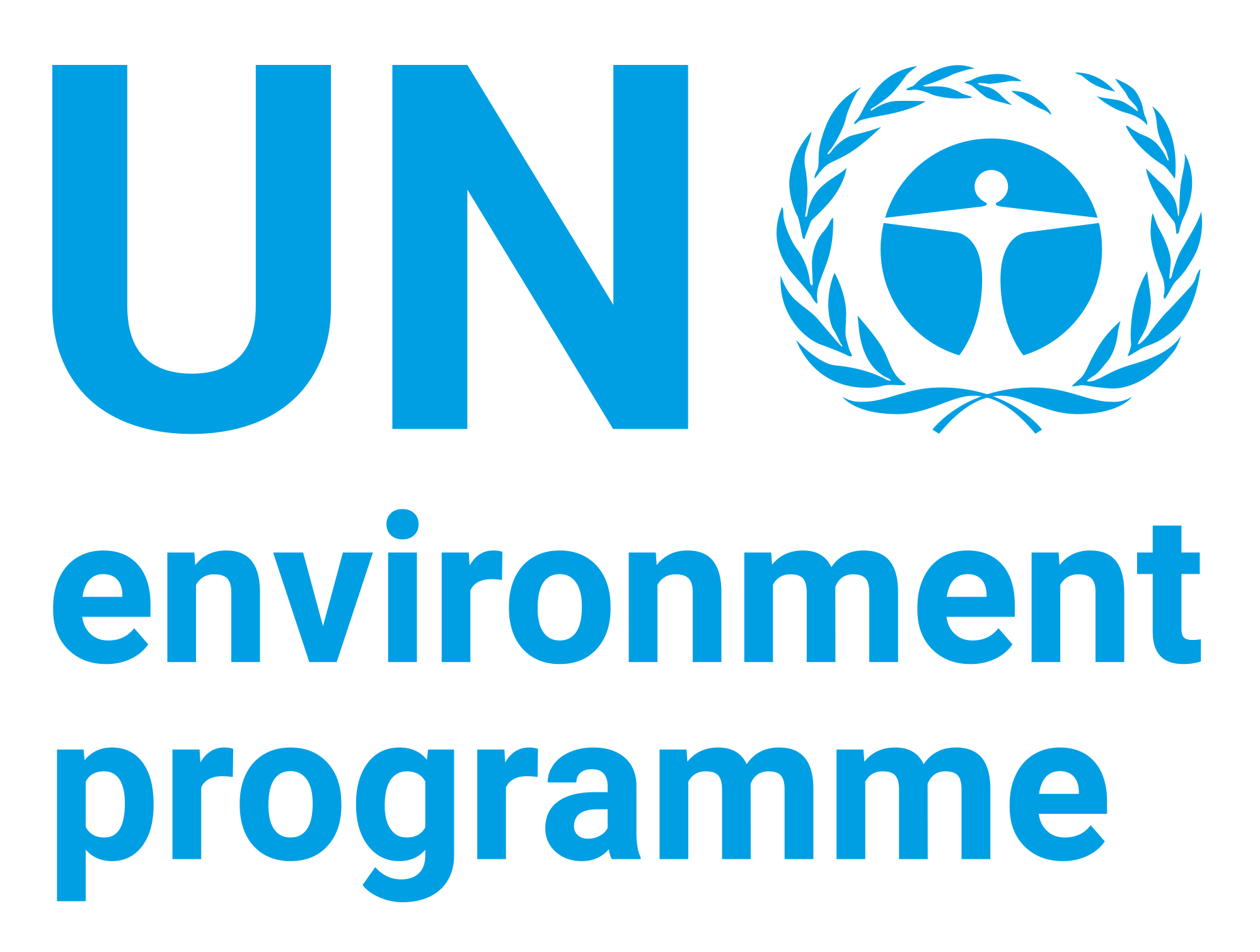Floriculture and the Environment: Growing Flowers without Methyl Bromide

Date
2001Author
United Nations Environment Programme
Citation Tool
Bibliographic Managers
RT Generic T1 Floriculture and the Environment: Growing Flowers without Methyl Bromide A1 United Nations Environment Programme YR 2001 LK https://wedocs.unep.org/20.500.11822/29255 PB AB TY - GEN T1 - Floriculture and the Environment: Growing Flowers without Methyl Bromide AU - United Nations Environment Programme Y1 - 2001 UR - https://wedocs.unep.org/20.500.11822/29255 PB - AB - @misc{20.500.11822_29255 author = {United Nations Environment Programme}, title = {Floriculture and the Environment: Growing Flowers without Methyl Bromide}, year = {2001}, abstract = {}, url = {https://wedocs.unep.org/20.500.11822/29255} } @misc{20.500.11822_29255 author = {United Nations Environment Programme}, title = {Floriculture and the Environment: Growing Flowers without Methyl Bromide}, year = {2001}, abstract = {}, url = {https://wedocs.unep.org/20.500.11822/29255} } TY - GEN T1 - Floriculture and the Environment: Growing Flowers without Methyl Bromide AU - United Nations Environment Programme UR - https://wedocs.unep.org/20.500.11822/29255 PB - AB -View/Open
Item Statistics
Display item statisticsMetadata
Show full item recordDescription
This Manual is intended as a general guide for the implementation of alternatives to methyl bromide in the commercial production of cut flowers. It seeks to provide practical, easy to understand information that can be used by growers, trainers, technical assistants and in general those persons involved in the phasing out of methyl bromide. For this reason an illustrative, simple to follow format containing actual examples that have proven useful has been chosen. The information contained may be used as part of training programs, workshops or other activities. However, this manual should be taken as a guide only, since specific alternatives need to be evaluated and adapted to meet local conditions. The information herewith presented is based on actual experience in commercial farms, research findings and published books or reports. However, its authors or the United Nations Environment Programme cannot be held responsible for any failure or unforeseen outcomes resulting from its utilization.
Collections
Document Viewer
To read more, scroll down below.

